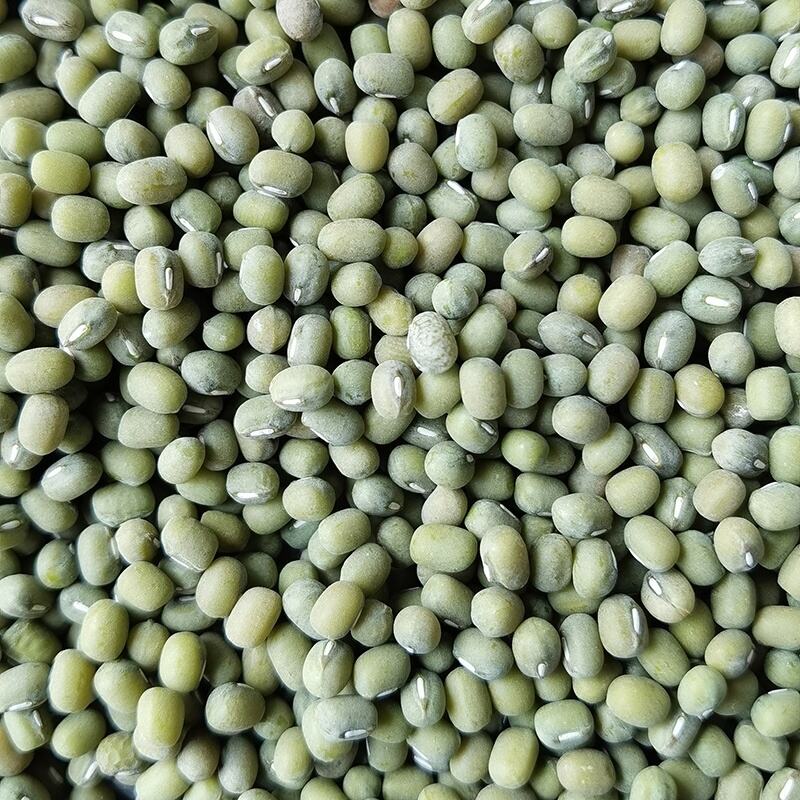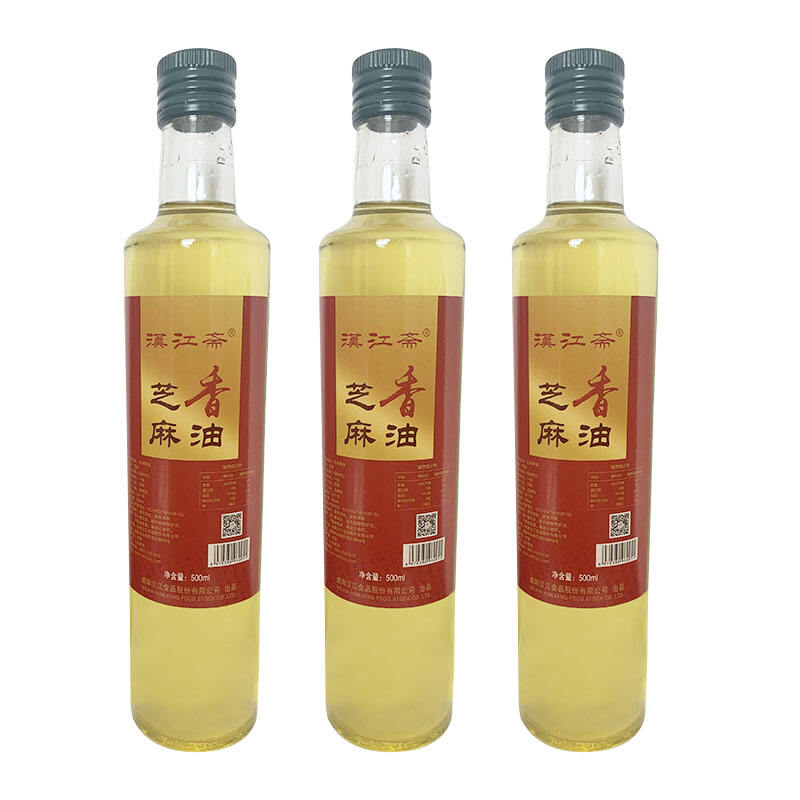sesame paste price
The sesame paste price reflects various factors that influence this nutritious and versatile food product's market value. Made from carefully selected sesame seeds through a meticulous grinding process, sesame paste has become increasingly popular in global cuisine and health food markets. The price point typically varies based on production quality, processing methods, and market demand. High-quality sesame paste requires premium sesame seeds, sophisticated grinding equipment, and strict quality control measures, all of which contribute to the final pricing structure. The production process involves cleaning, roasting, and grinding sesame seeds to achieve the perfect consistency, with some manufacturers implementing advanced temperature control systems to preserve the natural nutrients and flavors. Market prices are also influenced by geographical location, with factors such as import/export costs, local demand, and regional preferences playing significant roles. The pricing structure often reflects the product's purity, with 100% pure sesame paste commanding higher prices than blended varieties. Additionally, organic and certified products typically fall into premium price categories due to stricter cultivation and processing requirements.


